If you click on a link and make a purchase we may receive a small commission. Read our editorial policy.
From Hell's Eddie Campbell gets real on bad habits, fixing old mistakes, and being "in the company of ghosts" as a Hall of Fame creator
Eddie Campbell on coloring From Hell, bad habits, and fixing old mistakes

Popverse's top stories of the day
- Superman is free to fly into international theaters as federal judge denies efforts by Superman co-creator estate to challenge release of the movie
- MEMBERS ONLY: Popverse Jump: An often overlooked part of Berserk is how accurately it depicts swordfighting - I would know; I used to teach it
- WATCH NOW: From Starship Troopers to Batgirl & SAW, Dina Meyer dishes on her favorite roles - and her favorite song to dance to
Eddie Campbell is an independent comics icon. Though Campbell is probably best known for his collaboration with Alan Moore on Jack the Ripper comic From Hell, he's created a long list of industry rippling comics including the black-and-white series Bacchus, and Graeme McMillan's choice for best comic of 2023 - The Second Fake Death of Eddie Campbell.
With a career stretching longer than four decades, Campbell's also seen quite a bit. And even better than that, he's a great guy to have a conversation with, which I quickly realized when I sat down with him at this year's C2E2. We settled down next to booming speakers and steady but sleepy Sunday foot traffic to chat about his long career, how the industry has shifted over time, and what it's like to return to your old work and fix it.

Popverse: Eddie, you've been in comics for a while.
Eddie Campbell: I've just been nominated to the Eisner Hall of Fame, and most of the other nominees were dead people. I'm with the dead people. They're great people, actually - Leonard Starr, Abe Kanegson. These are great people. I'm in good company, the company of ghosts.
Will you come down to San Diego if you get chosen?
Maybe. I should. I used to go to San Diego every year, but it's becoming less and less my kind of environment. My publisher doesn't even set up a table to sell books anymore, because it's no longer a book-buying environment. It's more of a crazy show. That's all right, you know? For what it is. It's a big media extravaganza, but it's become less and less a place to sell books. I much prefer our own Chicago's SPX, which is a great show for the little people.
What are the biggest changes that you've seen in the industry? You just mentioned changes in San Diego.
It's getting so I see the cosplay, and I don't even know who they're supposed to be anymore. I don't know who the characters are. It seems to me there's too much to follow. It's too much for one person to know this whole enormous cavernous hole here. It's filled with so many different kinds of cartoonery, you know, it's not just not just the comics, but I'm just I'm looking at fluffy toys over there. Are they Japanese?
Yes. Sanrio, I think.
These conventions didn't used to be so colossally international as they are. And as I say, it's difficult to follow it as there's so much of it. This is a good thing.
Are you reading any correct comics or any current cartoonists?

One or two people that I know - that young guy, Landis Blair, he's in the table behind me there. He's a Chicago guy. He and I socialize a bit, I'm enjoying his stuff. We got to know each other because we liked each other's work. I love his work. There's other small press people. In North Carolina, Michael Avolio. He just does his own little mini comics. When he sends me one, I always enjoy opening it. I feel almost like I've gone back to where I started with the mini comics. I've even got into this a little bit myself - print on demand, making my own zines, getting back to where I started.
You had a Kickstarter for some of your older strips, right?
That was my friend, Phil Elliott in England. He was doing a Kickstarter, but it's me, Phil, and Glenn Dakin, another old friend of mine.
What was it like returning to your old work?
Well, I don't know how Kickstarter works, but it took me a while to figure out how this print on demand works. I said, 'Well, let's print a couple of hundred,' - I didn't realize that was a big order. I did it and because it was a big order, they kept putting it to the back. So I changed the order. I made it 50, and they got it quickly. Kickstarter... on demand... zines. We used to photocopy and staple them ourselves, bend the staples in with our thumbs.
People still do that - I still do that.
I used to just use the hand stapler, do it into a polystyrene tile and then bend it in. Could have got a long hard arm stapler, but you have to spend money.
Speaking about going back to old work, you added color to From Hell, but you weren't just coloring it, you were also changing some of the art. Can you talk about that process?
Well, I've lived with this now for - I mean it was 1988 when we started it, and it was 1999 when we put out the big collected edition. And the publisher - that was 20 years later, 2019, the publisher said 'What can we do pecial for the 20th anniversary?' I just colored something else for my website, EddieCampbelldammit.com, and I thought 'Why don't we color From Hell?' And they say, 'But does it need color?' What I like about color is that - there's a lot of white spaces, every time you get a white space in From Hell, it's like a little ray of light coming, a little ray of hope coming through the material. It's sunlight.
But if fill that in with different shades of gray, it's claustrophobic thing if everything's closed. There's no way through the material to some brighter world. It's closed off, particularly when we're in that closed room at the climax of the story.
But also, as you were saying, after all this time, there's little things that I'm sick of looking at, because there's a misjudged perspective where a carriage is just too narrow. It just needed to be made a little bit wider in its dimensions because of the angle, I misjudged the width of it. I think 'That's easily fixed.' Just loop it and move it and then fill in the lines.
There's another place where Abberline goes through a door. The hinges are on his left side, but when he comes through the door at the other side, the hinges have switched to the other side of the door! That's bugged me for 30 years. All I've got to do is flip the picture, which on the computer's easy to do. But with the old way, you'd have to cut it out, turn it over, and glue it back in a new position. Finally fixed that.
There was another one where there's a building I couldn't find reference for. We didn't have Google image search in 1991. When I did that chapter - easy to find out. It was the picture of Bedlam Mental Asylum. So, I've got the reference. It's page wide image. I drew the new image, covered up the old one. Things like that. So those are the changes. They're changes that I've wanted to do it for a long time, but they're easy to do on the computer.
There's also - I had a bad habit of drawing heads too small, and I think it's because - you do six heads, so the normal size of a person, the head is one-sixth of the total height, you know. There's a kind of tradition of a more heroic proportion where you stretch it eight heads. The figure is eight heads tall. Somebody like Rob Liefeld started to stretch this to preposterous lengths where a head would be 1/14. Extra tall people may be seven, you know, seven heads. I might be seven. You would be six. Nobody's 14. I've not met anybody yet.
Related: Sarah’s Scribbles creator Sarah Andersen reflects on over a decade of webcomics success
I think the problem was I was counting the hat and the head as as one of the six. So really what you've got to do is draw the head, make sure it's six heads, then put the hat on, right? Don't do it with a hat on to begin with. It confuses you. I fixed a lot of those. There was also, one occasion that I did an arm too long, but I realized once I fixed the head, the arm looked alright.
Well there you go. You you were right the first time.
It's funny you get into these habits on a long work like 600 pages, it's easy to give into a bad habit.
You mentioned working in digital. Do you work completely in digital now?
My newest book is completely digital.

How has that changed your process - beyond the easier fixes?
I'm finding it easier to get details right because you can just enlarge it on the screen like 10 times the original size, fix the detail, and then shrink it back again. The reviewer in The Comics Journal was upset because I used a computer font. Didn't they realize the whole book's done on the computer? I've got to scan in the lettering? And I thought I'm not really interested in making my own lettering into a font. If I'm going to use the computer, I might as well pick one of the better ones. Baskerville made a better one than I can. I'll use him.
Going back to From Hell, adding color isn't just adding color, it's a completely different type of storytelling. So when you were going back to those pages, how were you reworking how to draw the eye through the page with color this time?
The color must add a new layer, that adds a new psychological layer, a new realistic layer. If I were a painter, I'd paint in the impressionist style. I'm very interested in light, the way things look different just over the course of a day. The appearance of things changes. The light changes.
When Alan did the 36 page chapter in which Gull spends a day driving across London, up and around London, what I loved about the challenge of that is to create the effect of London, how London looks at different times of day. Claude Monet painted London Bridge, he painted a series of them at the different times of day. And each one of them looks different. It totally changes it. So, I was very interested in doing that in black and white, so adding color gives me a new excitement.
Later on of course there are scenes, like the in the room with Mary Kelly is almost done just in two colors. Just grey for the light and red for the blood. Which creates a terribly distressing feeling reading that chapter in color, more so than just in black and white.

And you have that new cover, right with the women...
I wanted to just have the women walking. My publisher didn't like it. They said, 'Can't we have them being threatened? Can't we have a big shadow on the wall with Jack the Ripper?' I said, "No, I just want the women walking. This was their last moments together - they didn't know that."
The threat is already there. We know the threat is there. We don't need to see the threat.
Yeah. And they said, 'Well, alright. Can we at least have a gaslamp?'
So they negotiated for a gas lamp. It's the moment where Mary Kelly says, 'Look at this, we're the four whores of the Apocalypse.' Which is a key moment, in the whole of the thing. There's something of a movement in the last few years to recognize the victims instead of to celebrate the murderer. There's there was an opera, I think in London, The Women of Whitechapel. There was something else, but I've forgotten what it was. I think it was a book about the women. They filled out their biographies, saying they're not just victims. These are people. Here are photos of people. I couldn't find any photos of them alive in the 90s, but now someone's done the research, filled out their biographies and made them full human beings, which we were trying to do with the book, with what little we knew.
Jumping now to your more current work, your newest book. You have layers of meta fictional reality, there's you as creator, you as character. What interests me about autobiographical comics is the tension between all these things, and you bring them to the forefront. When you were setting out on this work, what were you going for? What was the goal of this book?
It's a flip group, it's a double, with two covers, and they meet in the middle. The second half is The Fate of the Artist, which is a book I drew 20 years ago where I thought I was being very clever with all this metafictional stuff. It's an autobiography in which the author is missing, and when we need to see him, his part is played by an actor. So, it looks a little bit like me, but he's not. We see him at the beginning, looking in the mirror, trying to look like me and he doesn't look at me, I always know when I'm drawing him.
And I later turn up dead. I thought it was time to do a sequel. And it's called The Second Fake Death of Eddie Campbell - the first fake death being The Fate of the Artist. I get up to the same malarkey all over again. The story begins where my wife thinks, I'm an imposter. And she goes to a private detective to get to the bottom of this mystery of what's happened to it to her husband. Of course, she protests. Because she did in real life. She said, 'Why do I care if you're an imposter?'

'I'm not interested in here lineage or I'm not invested in in the Campbell name, I just want you.' I said, 'Yeah, but the story is that you care .' 'All right, then.' Because she's a novelist, Audrey Niffenegger. She knows. So, So now the detective is investigating me, and I can't say any more than that because it'll give the story away. They suspect that I might be the actor. Richard Siegrist, who was impersonating me in the first book.
You mentioned your wife Audrey Niffinegger. I know you worked on a book together. Are you planning on collaborating again?
No, we haven't been... On that one I took most of her short stories and turned them into comics, but we haven't talked about going back there, but it was great fun doing it. I particularly enjoy illustrating the stories of a woman, because most of the protagonists in the book are women. And it was a challenge to come up with to draw each of these characters, in a way that was apt, perfect for each character, because in comic, as you know, there are only two women Mary Jane and Aunt May. The challenge was to create a number of women who would all be particular and different.
Are you planning on doing more historical work like the Goat Getters?
Oh, I've got a new book coming out along this line. It's about the first great women cartoonist, America's first grade women countries, Kate Carew. Her specialty was, she would interview a person and draw a caricature and it would be a full page in the New York World. This was 1900 up to 1914. She was there at the height of yellow journalism. She also did a full color comic called The Angel Child, which ran for three or four years. It ran on the front of their four-page comic section, and she was the only artist who got her name on the header.
The papers thought she was their important cartoonist, their VIP. She's almost been completely forgotten. As an interviewer she interviewed so many of the great personalities of the of that period, Mark Twain, the Wright brothers who invented the airplane... Pablo's Picasso.
Well, I'm looking forward to that. You mentioned you're making zines now. When people want to find your zines, do they go to your website? Where's the easiest place to buy your zines?
You'd have to catch me at a show. I usually just print enough for a show. I haven't figured out how to sell stuff online. I don't want to have a an online shop. I'd have to pay attention every day. I'd have to go to the post office...
You can follow Eddie Campbell on twitter here and find much of his work (but not his zines) on his website.
Want to know what's coming up next in pop culture? Check out Popverse's guides to:
About C2E2
Chicago's signature pop culture weekend returns with US's best artist alley, a roster of must-see TV and movie stars, and more.
Dates
-
Location
McCormick Place, Chicago
United States
Follow Popverse for upcoming event coverage and news
Find out how we conduct our review by reading our review policy
Let Popverse be your tour guide through the wilderness of pop culture
Sign in and let us help you find your new favorite thing.


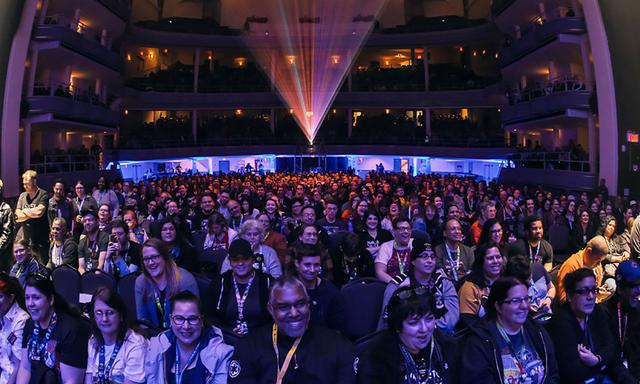
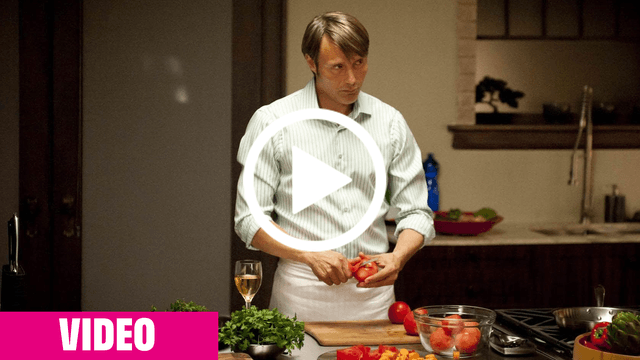
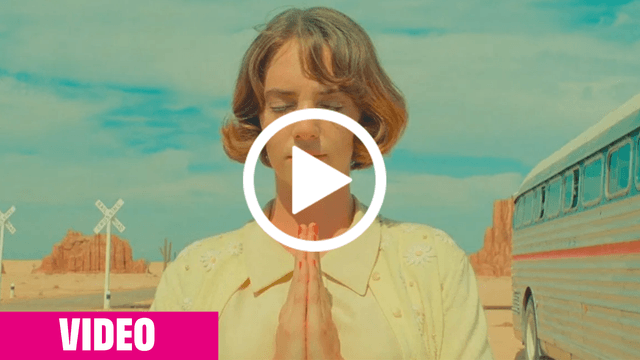
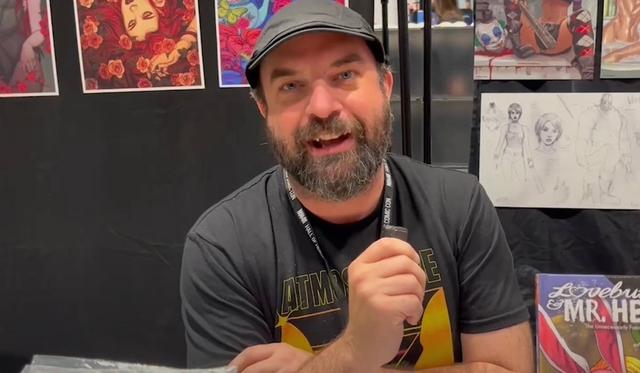
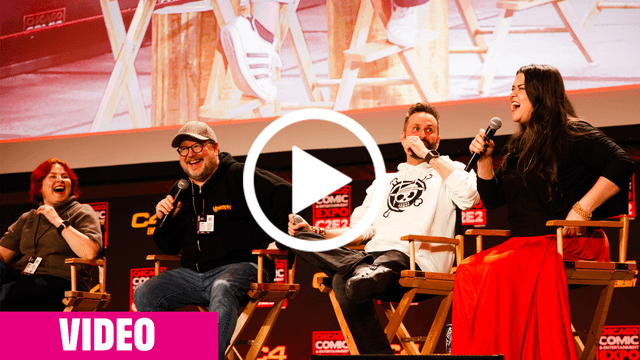
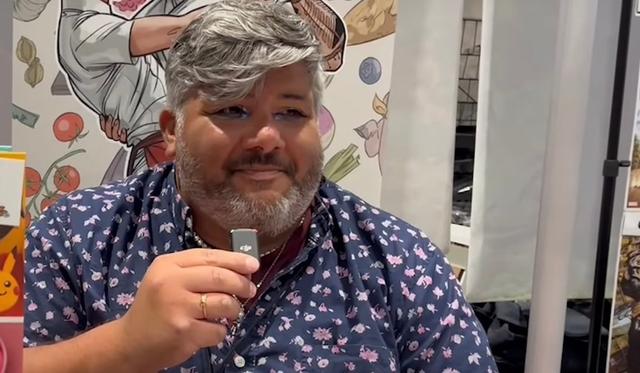
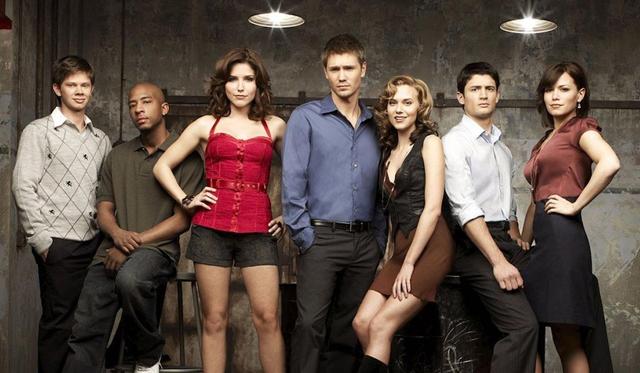
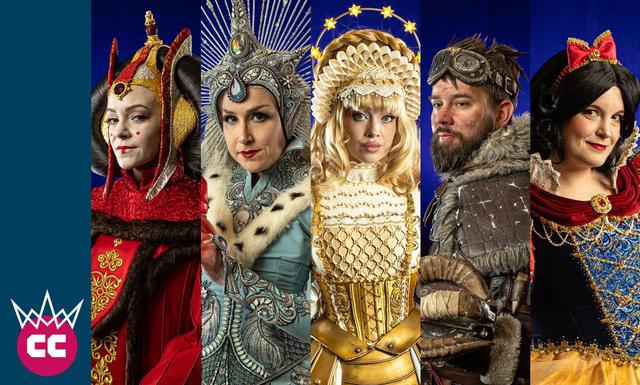






Comments
Want to join the discussion? Please activate your account first.
Visit Reedpop ID if you need to resend the confirmation email.